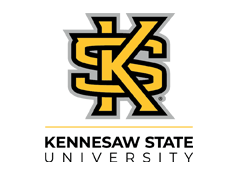Publication Date
March 2015
Abstract
Based on estensive Fieldwork, this paper explores the needs of people and communities in hard hit areas of Japan's 3.11 triple disasters including Sendai, Fukushima, Ishinomaki, Kesennuma, Kamaishi, and Yoriage to commemorate the event and their dead, while redirecting efforts to the future. It discusses the activities of Sendai's Wasuren! (We Won't Forget!) Center to document the disaster and Project Fukushima! organized by Fukushima residents to consider the city's future after the nuclear disaster as well as examining memorials (as memoryscapes and mourning work) created by other communities in the region where the disaster occurred. It compares local narratives of the disaster by those who experienced it as Tohoku's disaster, with national narratives of it as Japan's disaster, including differences in calls to gambaru or gambatte (persevere), discourses of sōteigai (what is "unimaginable") used following the disasters, and the new national "special tax" (tokubetsu zei). The article problematizes the distinction between "natural" and "humanmade" disasters. It argues that policy makers need to consider the diversity of communities involved and the thoughts and feelings about what local people find meaningful in terms of rebuilding and reclaiming their communities and lives.
Creative Commons License

This work is licensed under a Creative Commons Attribution 4.0 International License.
Included in
Asian Studies Commons, International Relations Commons, Peace and Conflict Studies Commons

